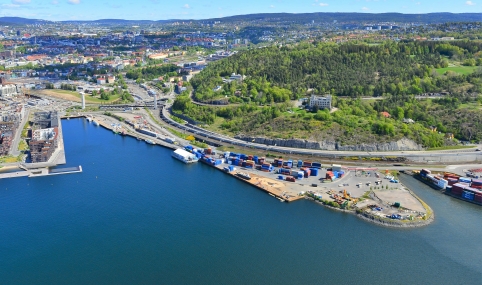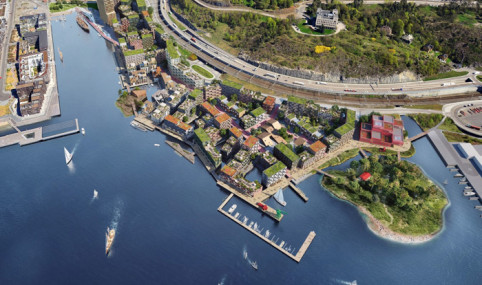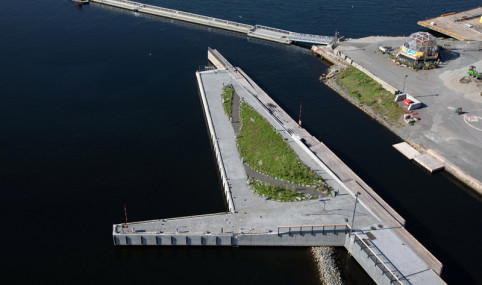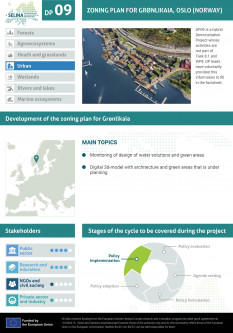Demonstration Projects
Demonstration projects
DP09
Integration of public-private ecosystem services knowledge (MAES) in urban planning & design using 'digital twins'



More informed decisions on nature-based solutions in urban design and planning.
Integrating mapping and assessment of ecosystem services used in public minimum requirement norms.
Demonstrate integration of public-private sources in a “digital twin” for more cost-effective public permitting and private certification.
A digital twin model that would allow to test the Blue-Green Factor which is a tool developed to ensure biodiversity habitat and ecosystem services in physical planning and development.
Grønlikaia is one of Oslo’s most prominent development project of our time in Norway. The project has a unique location on the coast, close to the city centre of Oslo, and extensive nature- and parklike areas on land and at sea. The area is a former industrial port. The development plans will give new housing, business and public spaces, including 1,500 new apartments, 4,000 new workplaces and a kilometre stretch of seaside promenade, connecting Grønlikaia to the rest of the city. New housing developments must meet minimum Blue-Green Factor performance requirements determined by the regulation plan. The Blue-Green Factor is a performance standard designed to provide a minimum of regulating ecosystem services and habitat in the built zone.
The Grønlikaia Digital Twin Project will test a ‘digital twin model’ to create an accurate and transparent tool for Hav Eiendom to test the effect of blue-green measures in real-time. Specifically, the digital twin model will be used to visualize and report the Blue-Green Factor (BGF). A standardised value is given to blue- and green elements such as rain gardens, green roofs and existing vegetation, and then divided on the total development area. This gives a numerical value which is the total BGF. In Oslo, BGF is a minimum requirement to ensure a basic ecosystem service performance of new builds.

